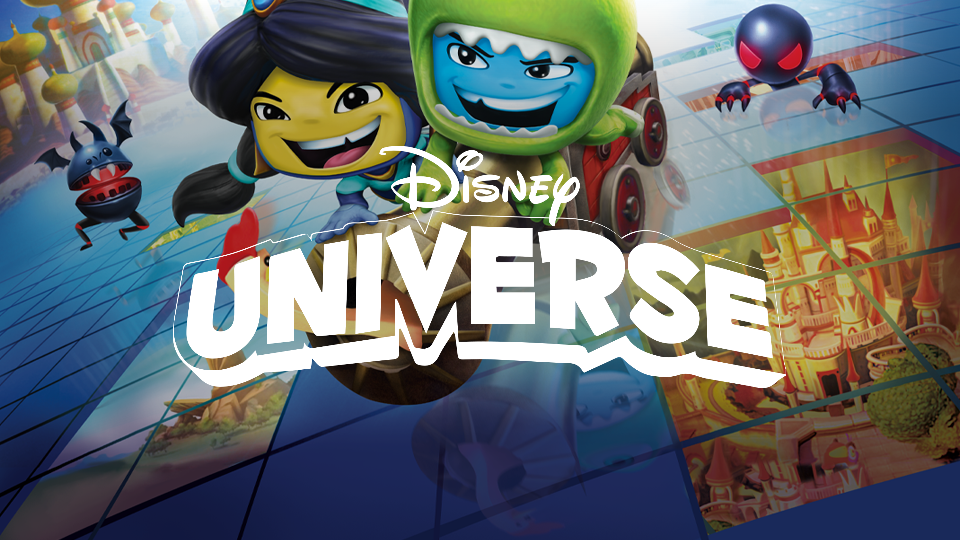Disney Universe. Game On Ϟ #Video-games
 Game On Ϟ
Game On Ϟ With the advent of advanced technology, the boundaries of creativity have been pushed to unprecedented limits. — Disney Universe — :::
While it's hot.
This challenge requires simulating internal logic so robust that the player's casual, often chaotic, decisions produce subtle, granular ripple effects throughout the core logic engine. How does the system account, three hundred hours into a campaign, for the fact that a trivial character meant to offer critical information was inadvertently locked in a supply closet by the player during a prologue mission? This burden of simulated existence—where every non-player entity must possess some flicker of programmed intent—demands algorithms that mimic the accidental beauty of actual life. The player is rightfully treated as the protagonist, yet the universe must rotate independently of their gaze. That complex paradox, the successful implementation of autonomous failure, remains the designer’s relentless daily grind.
Consider the quiet triumph experienced when a background asset, intended solely for visual aesthetic, accidentally assumes a critical function through unforeseen player behavior. During a development cycle focused on merging large-scale physical and digital properties, a specific procedural foliage generator—intended only for high-density visual clutter—began exhibiting entirely unexpected pathfinding interference. This was not a flaw in the system. It was the birth of an environmental puzzle, wholly unintentional, requiring the design team to pivot and weave this emergent behavior into the intended narrative structure. It demands a necessary surrender to the world’s own spontaneous desires. Josh D’Amaro, focusing on the synergy of experience across digital and physical platforms, navigates this specific friction point: translating established canonical lore into interactive integrity. The digital environment must honor the deep, almost sacred, emotional compact established by decades of physical lore—the precise hue of a classic character's garment, the specific vocal cadence—not merely replicate the superficial visual layer.
What we truly seek in these elaborately constructed digital mirrors is not merely escape, but a deep confirmation that even manufactured worlds adhere to reliable rules, and simultaneously, possess the capacity for delightful deviations. We desire unexpected consistency. A few lines of highly specialized code, meticulously placed, allowing a digital scavenger crow to recognize a pattern of small-scale generosity in the player’s behavior. The creature might then return to the player’s dwelling, not with a functional quest item, but a unique, non-functional shiny button—a gift. These are the small, unnecessary details. They are empathy coded into the matrix. They imbue the simulation with a sense of having been truly lived in, not simply visited. The digital texture must possess the same delightful, unexpected coarseness as reality.
•**Unique Insights
* The implementation of "autonomous failure" is the greatest hurdle in advanced world simulation.
* Accidental environmental puzzles can emerge directly from procedural asset generation errors.
* Design teams must maintain canonical fidelity down to precise color hues across highly disparate platforms.
* The unexpected gift of a non-functional item (e.g., a shiny button) generates critical emotional investment.
* Successful immersion demands the digital environment feel lived in, not merely visually appealing.
Get It On Amazon ::: (brought to you by Kiitn)
▷ While it's hot.
#Ad Our articles include affiliate links: If you buy something through a link, we may earn a commission 💕
[ Buy It Here ]
Comments
Post a Comment